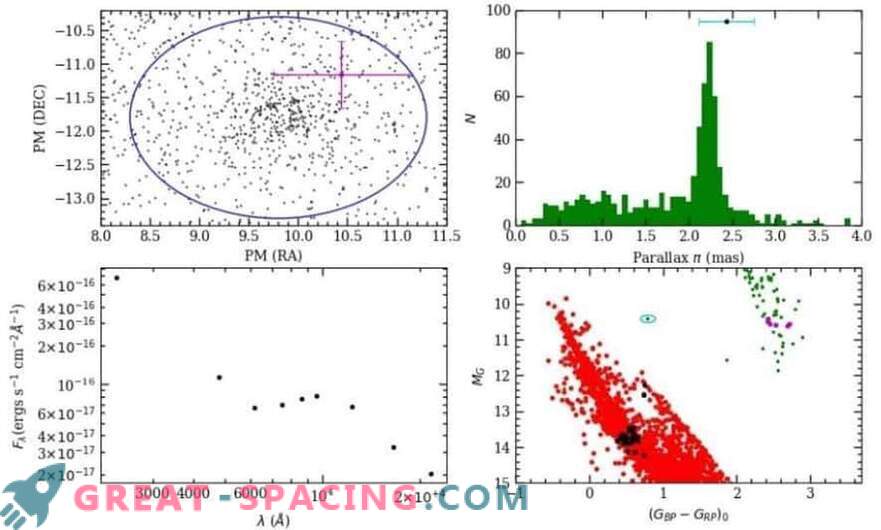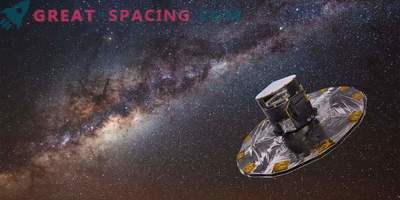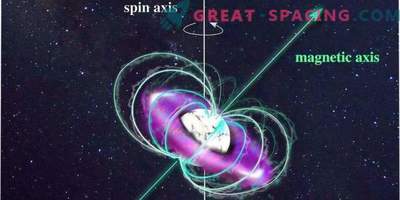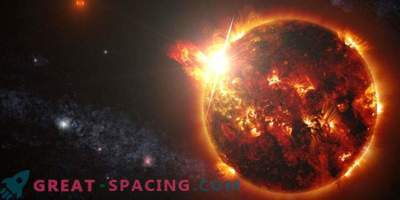
Using data from the Gaia satellite, American astronomers were able to find a binary object from the main sequence of a white dwarf in an open cluster of NGC 752. This is the first white dwarf discovered in a particular cluster.
The ESA satellite Gaia is a space mission designed for astronomical purposes. The main tasks concern the creation of a 3D map of the Milky Way. The release of DR2, published in April 2018, presents high-precision measurements, including celestial locations, parallaxes and correct movements of more than 1 billion light sources of our galaxy. The issue contains information collected from July 25, 2014 to May 23, 2016.
A recent analysis focused on finding new stars in NGC 752. The cluster was first discovered in 1783 at a distance of 1,300 light years from Earth. It is considered one of the closest open clusters to the Sun. Its estimated age is 1.5 billion years, which is enough for the presence of white dwarfs. However, these objects have not previously been detected.

Top left: correct Gaia motion applied to the NGC 752 field, along with the candidate values WD. Top right: parallax Gaia for the correct selected motions of the stars along with the candidate value WD. Bottom left: SED from photometry GALEX, PanSTARRS and 2MASS. Bottom right: absolute color chart for proper motion and selected stellar parallax of NGC 752 (green) and neighboring white dwarfs (red) using Gaia DR2. Purple and black - the stars of the cluster DR2 allowed scientists to determine the location of a new double object, represented by a main sequence star and the first white dwarf in NGC 752. Conclusions are based on studying a field with a radius of 2.5 degrees, with the inclusion of individual elements, correct movements and parallax. This combination is effective in removing the star field from the sample. The found object is located halfway between the main sequence (MS) and the white dwarf (WD).
The spectral distribution of energy shows two peaks. That is, there are two objects with extremely low temperature indices. The newly discovered binary object is located 0.56 degrees from the center of the cluster. The main sequence star is most likely located near the boundary of the spectral type K / M with an absolute value of 10.5. The absolute value of the white dwarf is 13.6, and the temperature is 6750 K.
This is a preliminary assessment. More accurate data can be obtained using photometric and spectroscopic speed monitoring. Such reviews will also make it possible to understand whether powerful gravitational contacts between the two stars were present in the past.











































